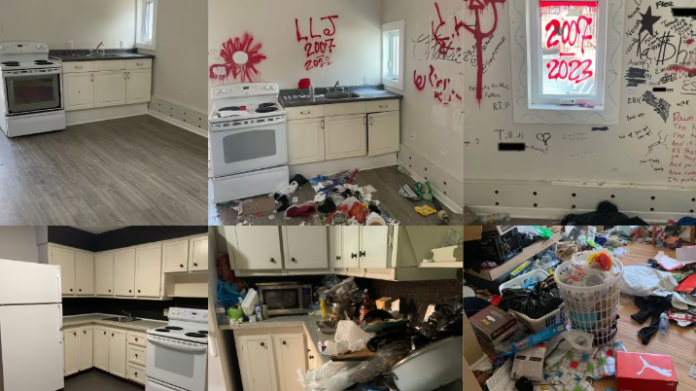1. Introduction: In Ottawa’s ByWard Market, Brian Dagenais embarked on what he believed was a noble endeavor: participating in the city’s housing first program. However, his experience turned into a nightmare of property damage and neglect, highlighting the challenges landlords face in supporting homeless individuals.
2. Understanding the Housing First Program:
- Initiated in Ottawa in 2014, the housing first program aims to offer stable housing, rental assistance, and support services to individuals experiencing chronic homelessness.
- Landlords like Dagenais were enticed by promises of guaranteed rent and access to a city-backed damage fund to mitigate risks.
3. High Expectations, Disappointing Outcomes:
- Dagenais entered the program with optimism, hoping to make a positive impact by providing housing to supported clients.
- However, he soon encountered significant challenges, including inadequate support and monitoring for tenants.
4. The Toll of Neglect:
- Over four years, Dagenais estimates property damage at approximately $200,000, rendering some units uninhabitable.
- Issues such as neglect, safety concerns, and disruptive behavior by tenants and their guests became prevalent.
5. Broken Promises:
- Despite assurances of ongoing support, landlords like Dagenais found themselves grappling with problems independently.
- Communication gaps and a lack of assistance from housing agencies exacerbated the situation, leaving landlords feeling abandoned.
6. A Frustrated Landlord Speaks Out:
- Reflecting on his experience, Dagenais expresses regret over his decision to participate in the program.
- He calls for greater accountability and collaboration between housing agencies and the city to address the shortcomings of the housing first approach.
7. Impact on Landlords:
- Beyond financial losses, landlords face emotional stress and strain on their properties due to inadequate tenant support.
- The burden of maintaining properties and dealing with tenant-related issues takes a toll on landlords’ well-being.
8. Seeking Solutions:
- Dagenais advocates for comprehensive support systems that extend beyond initial housing placement, emphasizing the importance of ongoing assistance and monitoring.
- Collaboration between landlords, housing agencies, and the city is essential to ensure the success and sustainability of housing first initiatives.
9. Lessons Learned:
- Dagenais’s experience underscores the complexities of addressing homelessness and the need for holistic solutions that prioritize both tenants’ needs and landlords’ concerns.
- Recognizing and addressing gaps in support and communication are crucial for improving the effectiveness of housing first programs.
10. Conclusion:
- While the housing first program aims to provide permanent housing solutions for homeless individuals, its implementation often falls short, leaving landlords like Dagenais to bear the brunt of its shortcomings.
- By acknowledging and addressing these challenges collaboratively, stakeholders can work towards creating more effective and sustainable solutions for homelessness in our communities.



